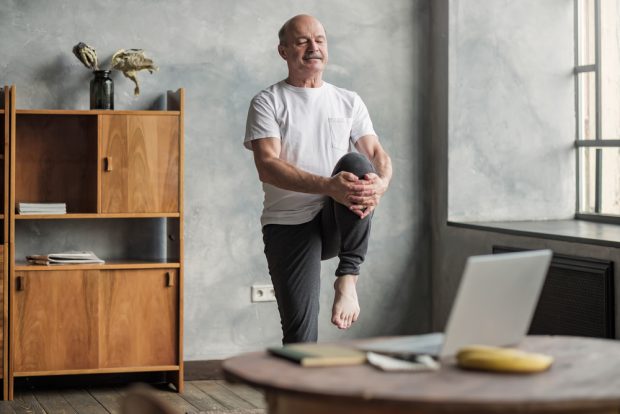Injuries from working out can come in many forms. Whether it’s tearing your ACL during strength training or the strain of shin splints that can come from cardio exercises.
A workout injury can happen to anyone, regardless of their fitness level; even pro athletes can find themselves injured from exercises as simple as walking.
However, there are things a person can do to reduce their risks of injuring themselves; The following are some preventative tips for injuries related to working out.
Warm Up, Cool Down
 A person should ensure that they are beginning every workout with some work-up stretches and exercises and finishing them with a cooldown.
A person should ensure that they are beginning every workout with some work-up stretches and exercises and finishing them with a cooldown.
When you warm up, your heart rate elevates, increasing blood flow and loosening up your joints and muscles. This is why so many Vancouver physiotherapy clinics recommend and assign physical exercises that help stretch and keep muscles limber. Some great examples of warming up include jumping rope, jogging in place, or using an exercise bike.
Cooldowns, meanwhile, are important following a workout as it helps to bring your heart rate down to its normal levels.
When both warming up and cooling down, it’s also essential that you perform several dynamic stretches. Stretching helps increase your flexibility and loosen muscles further, and can help prevent cramping and stiffness during and after working out.
Take it Slow
Despite how eager and confident you may feel walking into the gym, starting slow, low, and easing yourself into more intense workouts is essential. Pushing yourself too hard too quickly, especially when your body is unprepared, is one of the most common causes of gym injuries.
By starting slow and ensuring you and your body can physically handle a routine before ramping up, you will be able to train, build endurance, gain muscle, and challenge yourself with far lower risks of injury.
Add Some Variety
If you are working out on a frequent basis, it’s a good idea to change up the pace and not repeat the same routines during every workout. Repetitive exercises focused on the same areas can cause stress injuries due to overworking the same muscles. This is how conditions such as shin splints and tendinitis form.
This is why you will see so many regular gym-goers dedicate alternating days to “leg day,” “chest day,” or the like.
Know Your Problem Areas

Koldunov/Shutterstock
Not every person is built the same way; therefore, each of us has our own problem areas that may be weaker than others. For some, there’s low flexibility in their backs, while others may have arthritis in their knees. Make sure you properly build up strength in these areas lightly and ensure you are not causing damage that will be counterproductive to your session. The phrase “no pain, no gain” is a myth, and it is 100% possible to gain physical fitness without encountering painful stress levels within the joints and muscles.
Finally, ensure you give yourself at least one to two days off per week for rest when working out, allowing yourself to heal and recover properly.



![women [longevity live]](https://longevitylive.com/wp-content/uploads/2020/01/photo-of-women-walking-down-the-street-1116984-100x100.jpg)










